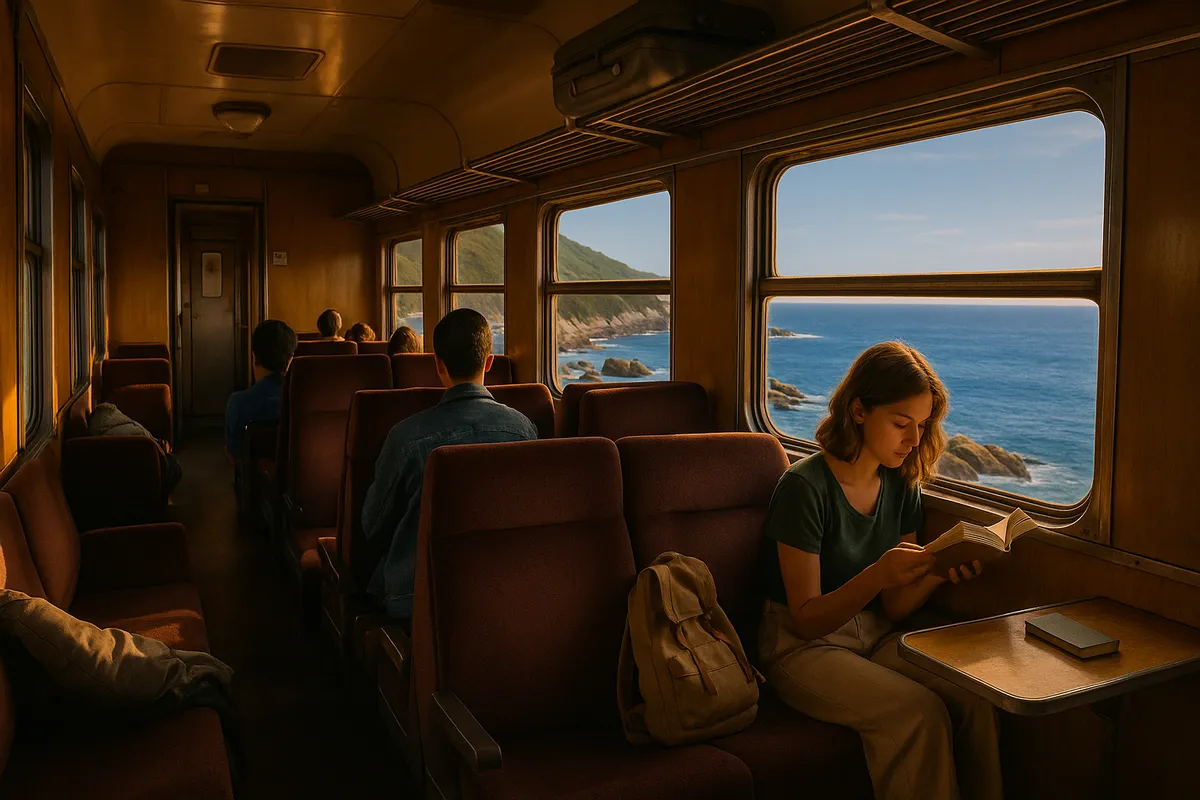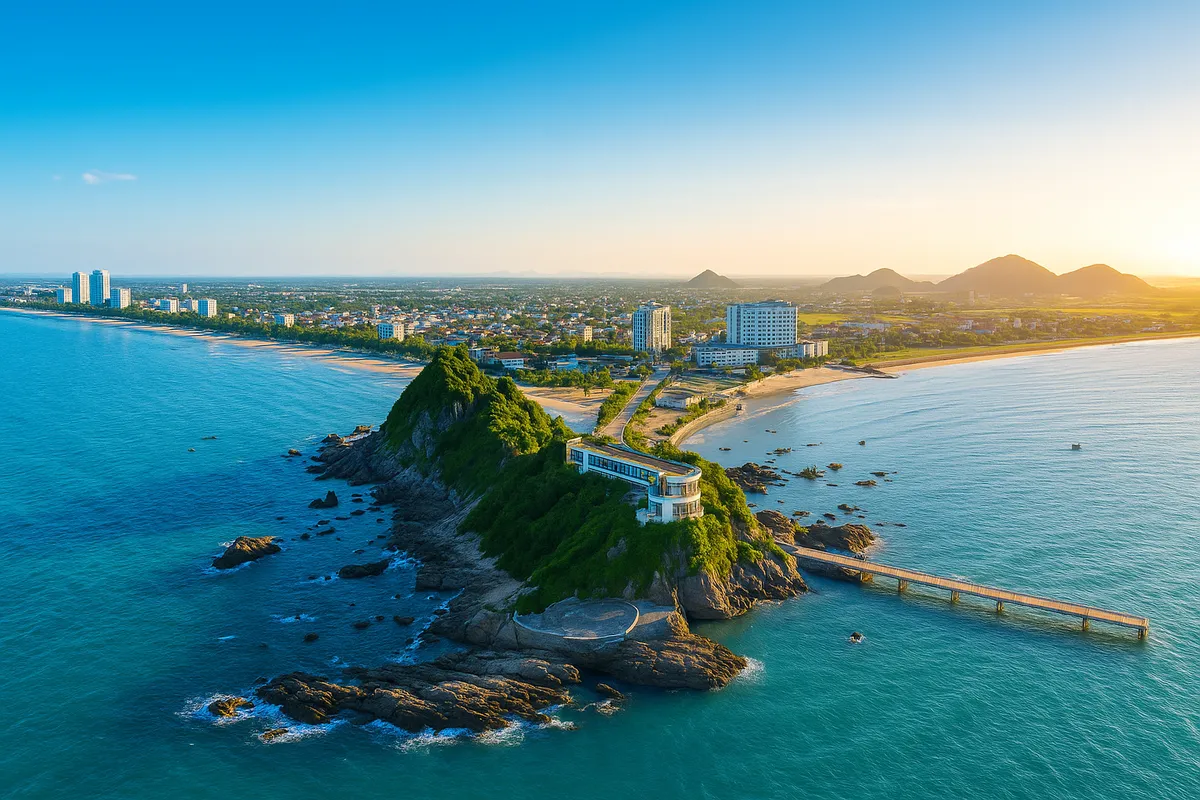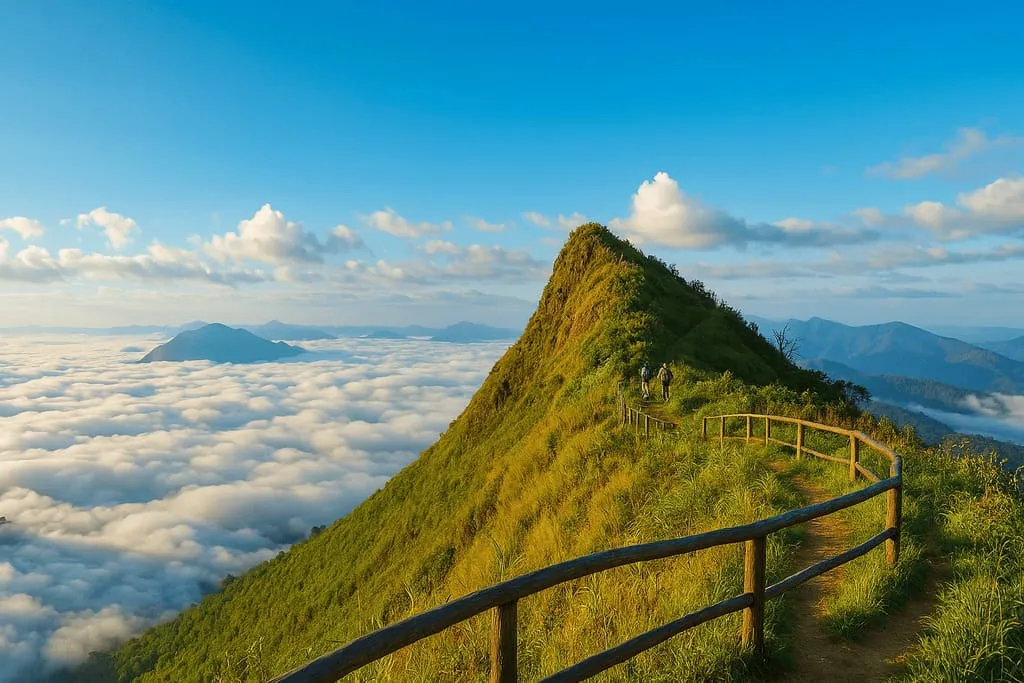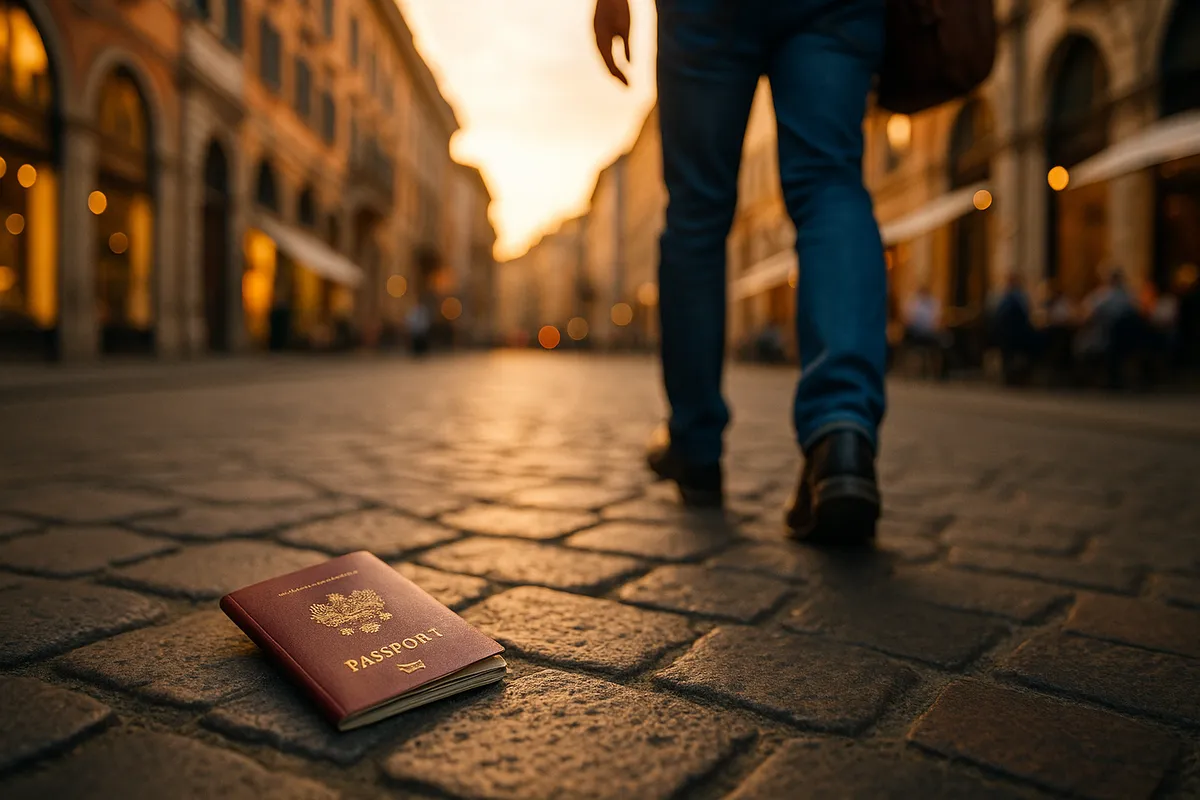The Ultimate Sunset-Hunting Guide: How to Find the Perfect Spot Anywhere
- Apr 06, 2025
- Travel guide
The Ultimate Sunset-Hunting Guide: How to Find the Perfect Spot Anywhere
There’s something quietly magical about watching the sun dip below the horizon. The chaos of the day slows, the sky transforms into a masterpiece of melting gold, blush pink, and fiery orange, and for a moment, it feels like the world is holding its breath. But if you’ve ever rushed to the beach only to find the sun already gone or your view blocked by a stubborn row of buildings, you know that catching the perfect sunset isn’t always a matter of luck—it’s an art. And like every great art, it comes with a few secrets. So here’s your ultimate, foolproof, sunset-chasing playbook. It’s not just about being at the right place at the right time—it’s about knowing how to look for it.
Let’s start before your trip even begins. The best sunset moments often come from intentional planning. Don’t just rely on those glossy Instagram shots or top-10 lists—dig deeper. Try searching travel blogs with a personal voice, forums like Reddit where travelers share unfiltered tips, or even Google Earth for terrain previews. Want a real-life example? In Cornwall, UK, a little place called Sennen Cove isn’t just a beach—it’s a front-row seat to one of the most breathtaking sunsets in Europe. It rarely shows up on your typical “must-see” lists, but ask a local, and they’ll wink knowingly.
Now, let’s talk tech. In the golden age of apps, there’s no excuse for missing the golden hour. Apps like Sun Surveyor, PhotoPills, and The Photographer’s Ephemeris use GPS and augmented reality to show exactly where the sun will set at your location—even overlaid on your phone’s live camera. This is how photographers and travel content creators manage to find those “how-is-this-real” sunset shots. Set your location, mark the time, and you’re one step closer to magic. Bonus: many apps also calculate the “blue hour” and “golden hour” for prime photo lighting.
But apps can’t do it all. Sometimes, the best sunset spots are the ones not labeled on maps. You have to scout. When you arrive at your destination, go exploring. Walk aimlessly. Find hills, rooftops, lakeshores, or quiet stretches of coast. One Reddit user shared their go-to method: spend the first day in a new city walking around between 5–7pm to “feel the light,” note shadow directions, and pick the best angles for tomorrow. It’s part science, part instinct, and entirely rewarding.
And then there’s the weather—your unpredictable wild card. Cloud cover can either ruin your view or create the most dramatic skies imaginable. Wispy cirrus clouds? Yes, please. Total overcast? Probably not your best bet. Check forecasts ahead of time, but also learn to read the sky on the go. Apps like Windy or Meteoblue can show cloud types and altitude in real-time—tools that sunset pros swear by.
Location is important, yes—but timing is everything. Show up early. Not five minutes before the sun kisses the horizon, but 30–45 minutes ahead. This isn’t just about securing a good spot, it’s about soaking in the changing colors and atmosphere. The transition from daylight to dusk is a slow burn, and rushing through it is like skipping the foreplay of nature.
Don’t forget to look behind you. Sometimes, the post-sunset sky opposite the horizon is equally mesmerizing—shades of purple and indigo that feel like a dreamscape. And when the sun disappears? Don’t pack up yet. Wait. The “afterglow,” or alpenglow, can be the most jaw-dropping part, painting mountains and clouds with an ethereal light that looks like it was brushed on by the gods.
Okay, let’s talk gear. Your smartphone can definitely capture the moment, especially with a good HDR setting and a steady hand. But if you want to level up, pack a DSLR or mirrorless camera with a wide-angle lens. Use a tripod for low light, and play with manual settings—lower your ISO, slow your shutter, adjust white balance manually. And filters? A graduated ND filter can do wonders in balancing sky and foreground exposure.
Still, some of the most powerful sunset experiences don’t need to be photographed. Sometimes, the camera stays in your bag. Your favorite drink in hand. Music in your ears. Bare feet on warm sand. The moment, raw and unfiltered, is etched into memory instead.
And finally, be present. We chase sunsets for beauty, for awe, but also for something deeper. They remind us that endings can be beautiful too. That stillness has its own rhythm. That magic is real, even when fleeting.
So next time you see a warm glow creeping into the sky, don’t just glance up. Follow it. Find your spot. And let the sun set not only on the world but gently, soulfully, inside you.

 CHECKIN.VN
CHECKIN.VN








Share on